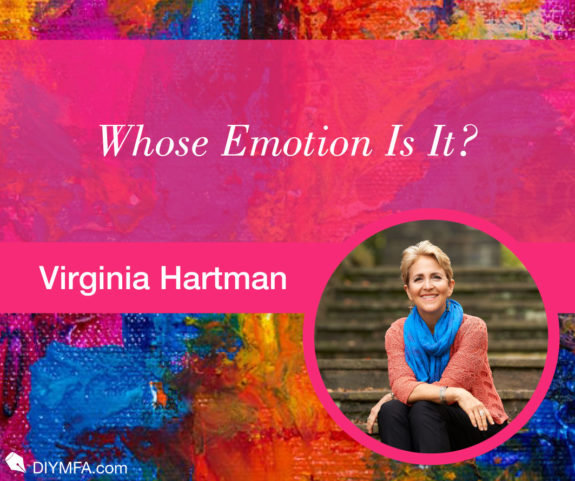Someone once asked me at a reading what I would say to an aspiring writer, and I answered “craft your pain.” I believe a story can uplift, amuse, and encourage, but no matter how lucky you are, by birth or chance, everyone experiences grief. Everyone knows loss, and everyone needs, at one time or another, to be consoled. So every story has a seed of something that is not exactly joyful. Conflict is necessary to propel a story forward. How will this particular protagonist solve this particular problem? Life supplies us with endless material here.
If you want fiction to feel authentic, you must draw upon some true emotion in your life. It can be glancing, it can look different, it can be combined with humor and quirky characters and people so different from you as to be unrecognizable, but a current of something real must run through those personalities—at least a drop of something you’ve felt must pulse in their veins.
I’d venture to say that nobody in my novel The Marsh Queen is anything like me. But are their questions like mine? Are their sadnesses similar? Sure.
In her recent book on craft called What About the Baby?, Alice McDermott talks about “the solace of art,” referring to art that “arrests time, tames it, preserves our heartache or our outrage or our joy, our days on earth, from the dulling indignity of time’s healing, obliterating hand.”
If a writer can craft pain into fiction that is detailed enough and rich enough to produce emotion in the reader, to crystalize a moment of something that is true, then the writer has succeeded.
So, how do I do it?
- See what catches your interest: an interaction you witness between people, an intriguing bit of dialogue, something you find hilariously funny or piercingly tragic. It might be a memory that will not let go of you.
- What image do you associate with it? Is it something visual? Olfactory? Auditory? Tactile? Start there. Fill out that sensory image and see who exactly might experience it.
- How is that character different from you? Can you borrow a quirk from a person you know or observe, someone who has nothing to do with the initial impetus for this bit of writing?
- What does this new character want intensely?
- Who is in the way?
I often say to my students, what’s bugging you? What has bugged you, large or small, in the last week? Write about that. Getting the annoyance, infuriation, or out-and-out fury onto the page, while scary, is often fruitful, because the emotion is real. A writer can lay something extremely intense and heartfelt onto a character who has a completely different set of immediate concerns, wardrobe, appetite, interactions with others, yet still has this one central thread of feeling that guides their actions.
Now, circle back to the episode or observation or snippet of dialogue that got you started, and try to analyze what caught your interest to begin with. Does it remind you of an emotion? What is important to you that relates to this initiating circumstance? Free-write into that. The analysis won’t make it into the fiction, but your understanding about what struck you as story-worthy will make you more sensitive to catching these moments of inspiration before they succumb to, as McDermott says, “the dulling indignity of time’s…obliterating hand.”
You’ve probably heard the story about the poet Ruth Stone, out working in the fields and hearing a poem coming at her over the landscape. She said it was like a thunderous train of air barreling down at her, and she’d run like hell to the house to get a piece of paper and a pencil so that when it thundered through her, she could collect it and grab it on the page.
The trick is to feel it coming—the image, the look, the sound that you have to write down before you miss it. The more you catch those impressions, save them for later, and see how they develop, the more attuned you’ll be to saying hello to them when they arrive. Even if, and especially if, they touch some point of pain you’ve held deep inside. See it, recognize it, craft it.

Virginia Hartman has an MFA in creative writing from American University and is on the faculty at George Washington University. Her stories have been shortlisted for the New Letters Awards and the Dana Awards. The Marsh Queen is her first novel. Find out more at VirginiaHartman.com.







